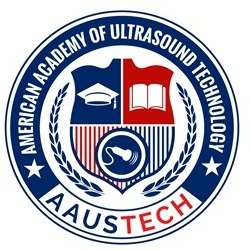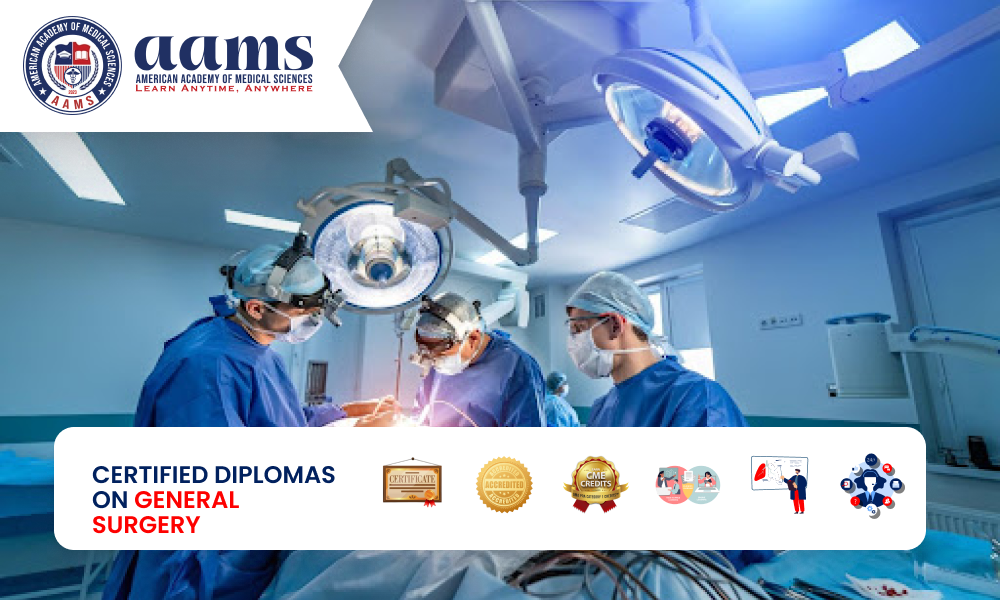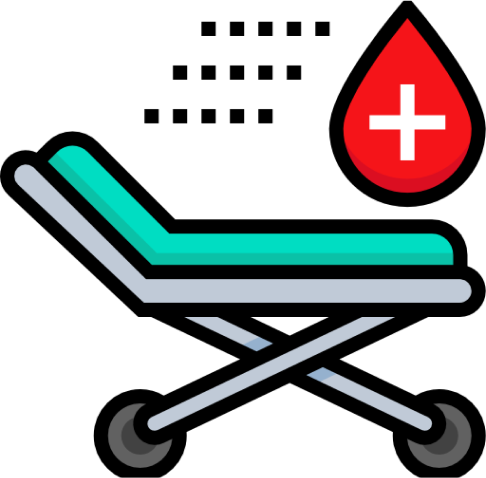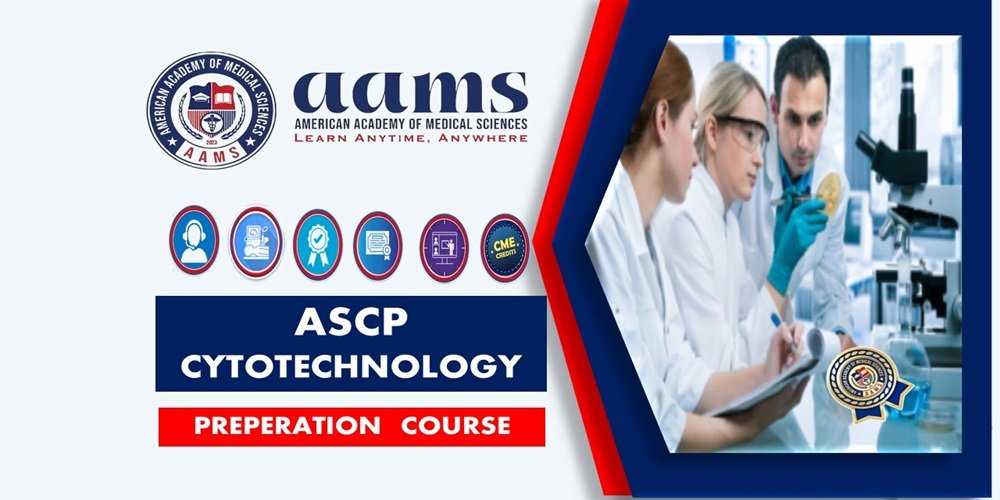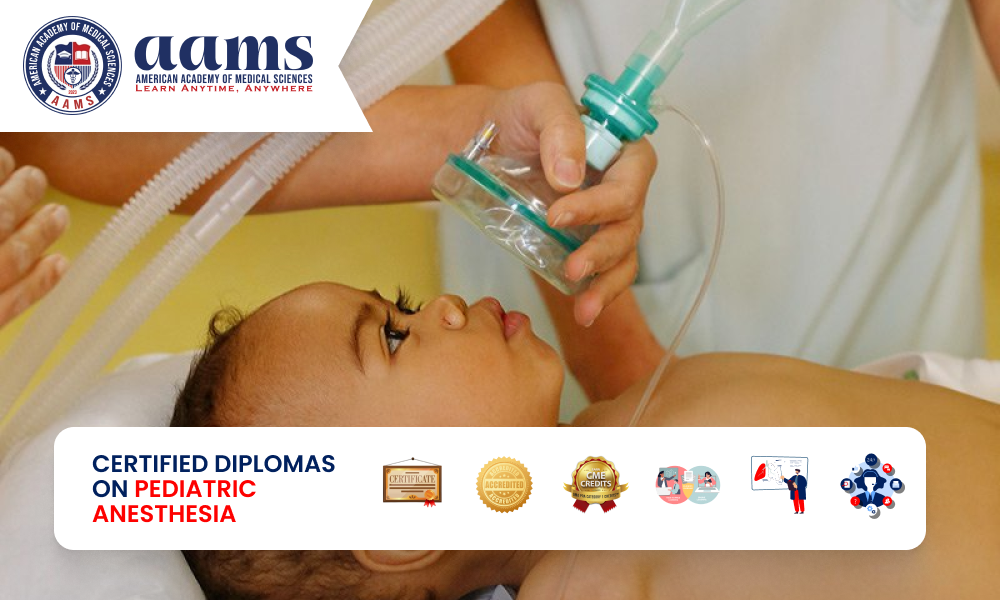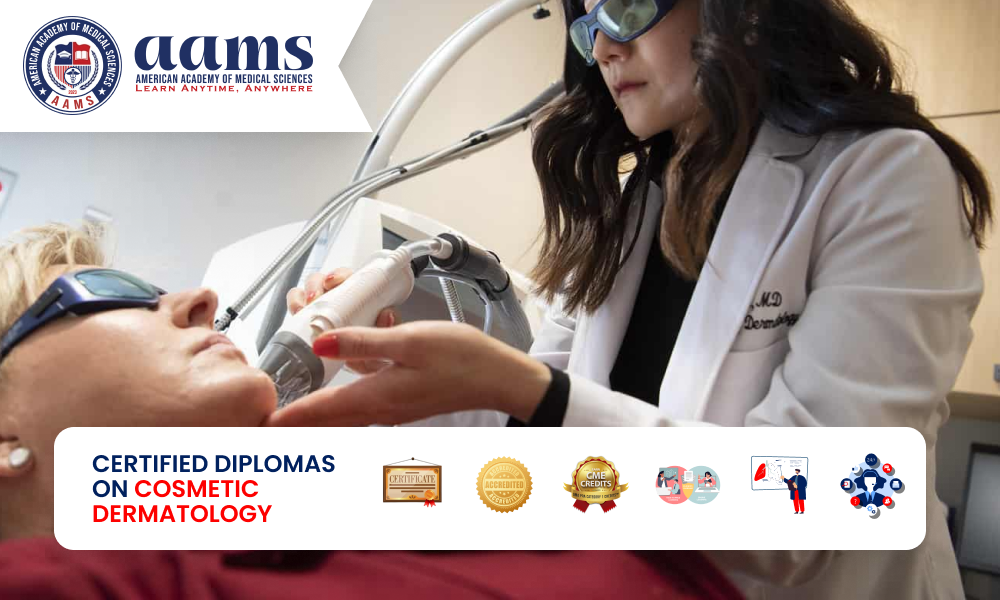Program Details
- Duration: 12 Months
- 8 Months: Independent Online Study
- 4 Months: Practical Clinical Training
- Type of Study: Hybrid (Online and On-Campus)
- Type of Certificate: Accredited Completion Certificate with Continuing Medical Education (CME) credits
Course Objectives
- Develop a solid foundation in ultrasound physics and instrumentation.
- Gain proficiency in various ultrasound specialties, including abdominal, obstetric, gynecological, vascular, musculoskeletal, and pediatric ultrasound.
- Master advanced ultrasound techniques, such as Doppler studies, elastography, 3D/4D imaging, and ultrasound-guided interventions.
- Prepare for professional certification exams, such as ARDMS.
Target Audience
- Sonographers looking to expand their skills and knowledge in advanced ultrasound specialties.
- Radiologists aiming to enhance their expertise in diagnostic medical sonography.
- Medical Professionals (MDs and Physicians) interested in adding ultrasound proficiency to their practice.
- Allied Health Professionals seeking to broaden their diagnostic capabilities with ultrasound technology.
- Medical Imaging Students and Graduates who wish to gain comprehensive training in ultrasound technology.
- Nurse Practitioners and Midwives involved in maternal and women’s health care who want to integrate ultrasound skills into their practice.

